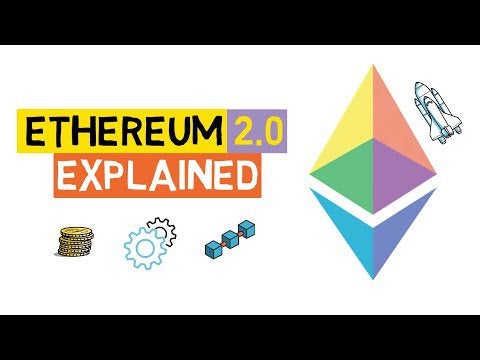#Ethereum #Ether #crypto
$ETHUSD
“Ethereum has embark on an exciting journey into uncharted territory for any blockchain network, stay tuned”-– Paul Ebeling
On Ethereum 2.0, the block explorers depict a very different array of metrics involving epochs, slots and attestations.
Unlike Bitcoin and Ethereum, Ethereum 2.0 progresses in epochs, not blocks. An epoch is a bundle of up to 32 blocks that actors on the network (called validators) propose and attest to over a period lasting roughly 6.4 minutes. An epoch, along with all the blocks of which it is composed, is only considered finalized after the progression of two more epochs after it.
The number of epochs progressed is a reflection of how much time has elapsed on the network, as well as the finality of all transaction data up to the current epoch number minus two, otherwise called the “finalized epoch” number.
This metric can be a useful indicator of any network abnormalities. Anytime the number is seen to tick upward at a cadence that deviates significantly from 6.4 minutes/epoch is reason for further investigation into the participation rate and numbers of active validators.
And, 1 of the most intuitive and interesting metrics to track on Ethereum 2.0 is how much validators are earning on average, daily.
Before the launch of the network, estimates ranged from between 15% to 20% APR (annual percent return) for early validators. As of 5 January 2021, the APR for the average validator 1 month into network launch is between 11% to 12%, according to the beaconcha.in calculator
Daily validator income is a concrete measure of the financial incentives at work securing the Eth 2.0 network. Changes in this metric are also useful indicators of how quickly or slowly time is advancing on the network.
Block explorers provide a wealth of information about the hour-by-hour and minute-by-minute activity of the Ethereum 2.0 network. They are also free to use and available to the public.
Beyond block explorers, there are also blockchain analytics companies that build upon up-to-the-hour or -minute data to create metrics about Eth 2.0 spanning longer time horizons.
For deeper exploration into Eth 2.0 metrics, explore these sites: CryptoQuant, Dune Analytics and Glassnode.
Have a prosperous day, Keep the Faith!









